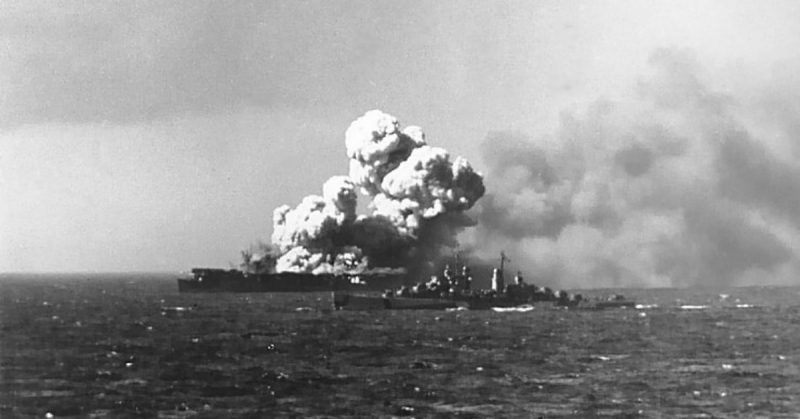This was an intense naval battle in World War II and arguably one of the largest in the world. It highlights the importance of blue-water navies, the harbors they need, and the importance of geography in naval warfare.
The United States sought to capture the Philippines and control of its sea lines which would cut a vital link in Japan’s overseas empire.
Leyte Gulf included numerous deep-water harbors needed to support the invasion of the island. It also provided ports for capital ships of a blue-water navy, and there were several straights and channels around Luzon that facilitated movements in the South Pacific.
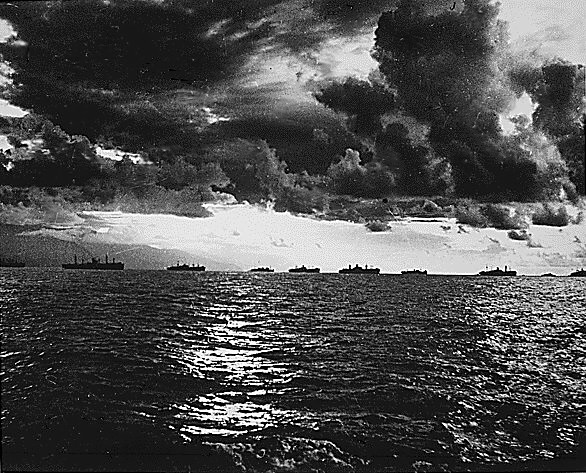
The battle was also part of McArthur’s grandiose boast which he made when forced to retreat: that he “shall return” to the island.
The bulk of the battle took place in four phases with all of them occurring near vital straits and harbors.
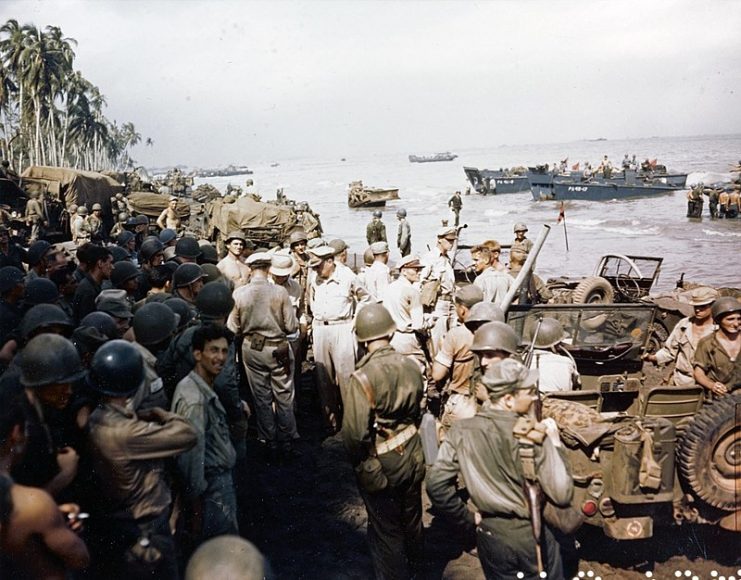
The phases of battle also displayed similar tactics to recent Chinese maneuvers using a combination of ships and aircraft to find, identify, and destroy the opposing force. In fact, the third phase of the battle occurred not far from the Bashi channel through which the new Chinese carrier, Liaoning, recently practiced maneuvering.
In the end, although the Japanese fleet inflicted heavy damage on the Americans, they suffered much worse. Due to a lack of fuel and, some might argue, a decisive lack of control of the sea, the Japanese navy was largely ineffectual for the rest of the war.
There are some rival schools of thought that might point to the devastating submarine attacks on the Japanese merchant marine that crippled the nation, but many historians believe the battle showed the importance of a navy consisting of large capital ships engaging in defeating enemy ships.
The victor of such a battle would then have much more control of the sea and freedom to maneuver.
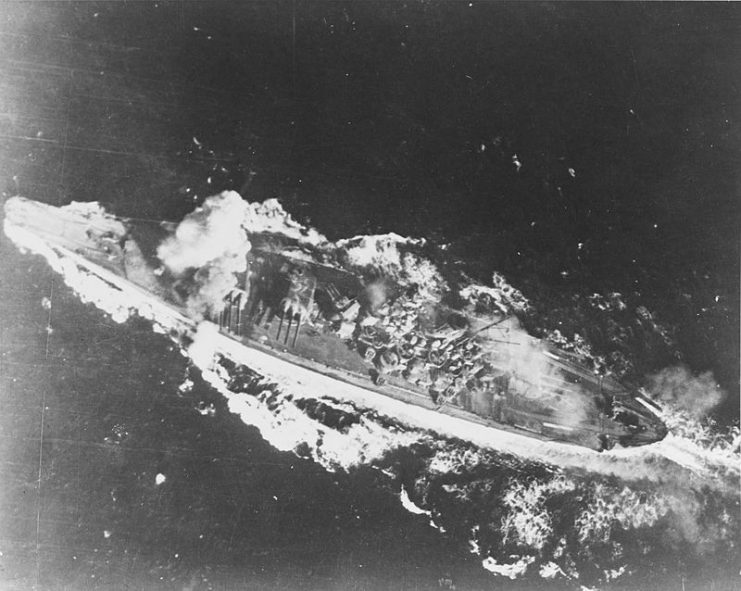
“Blue-water fleet” is a naval term which describes fleets that operate in deep or blue waters with missions that include controlling vital sea lines and directly engaging other capital ships. It’s no surprise that at the same time America was building a fleet of battleships in the late 19th and early 20th centuries they also began to search for suitable deepwater ports.
America just happened to find an excellent one that also served as a decent halfway point to destinations in Asia. These were leading factors that made Hawaii and its port at Pearl Harbor important enough to incorporate as a territory in the same period and which also encouraged the Japanese to attack in December of 1941.
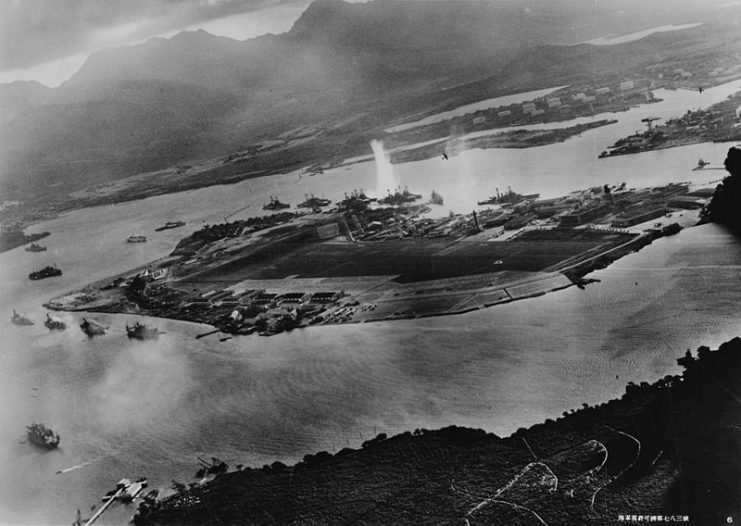
In addition to having ports, a vital part of controlling the seas is controlling the straits. It’s no surprise that many of the decisive naval battles in history occurred near straits.
The Greeks defeating the Persians at Salamis, the Japanese defeating the Russians in the Tsushima straits, and the Romans defeating their rivals at Actium were several major battles that centered around deep water harbors and vital straits.
The technology might have changed, but the geography and underlying strategic principles that make certain locations important remain the same.
This includes the straits and channels approaching China. As such, Portuguese traders established bases on Taiwan in the 16th century and Western naval forces decisively penetrated China as early as the Opium war in the mid-19th century.
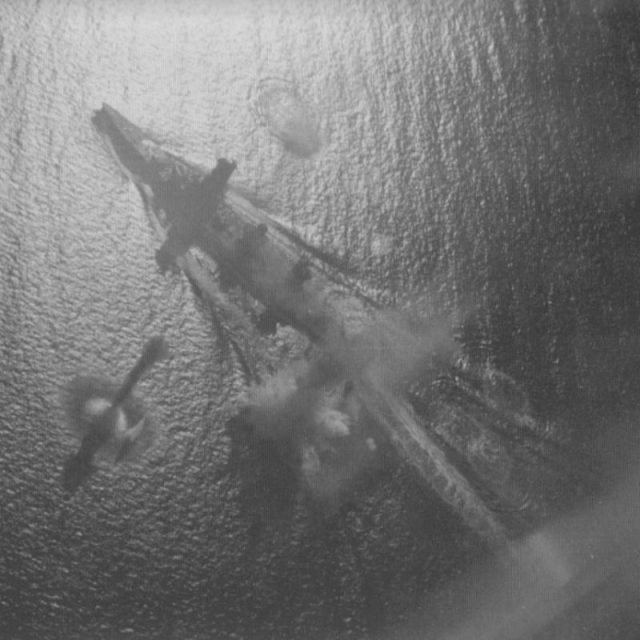
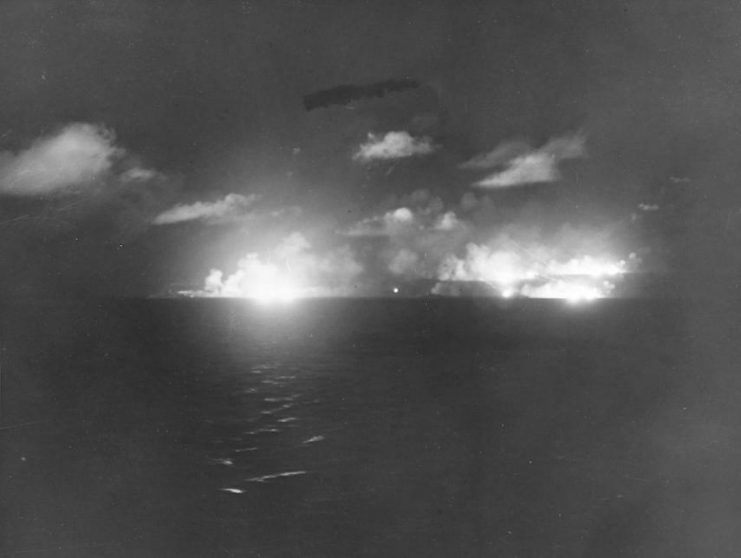
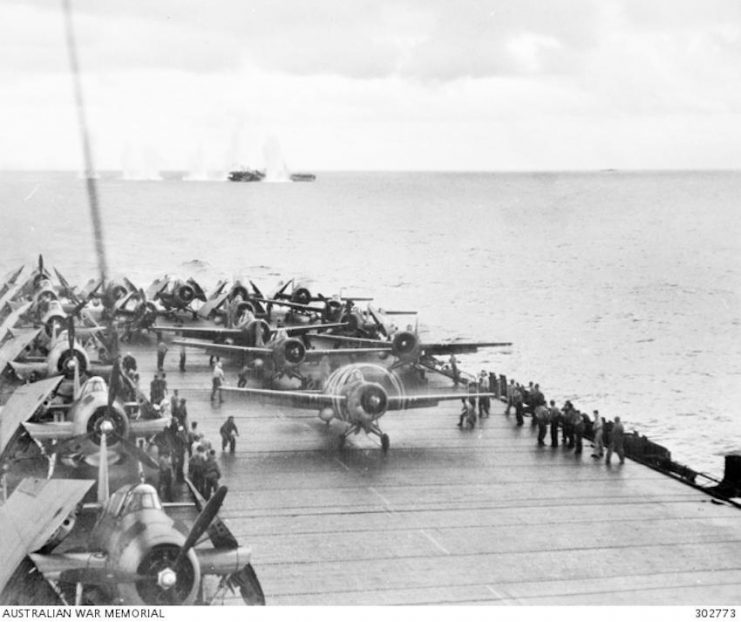
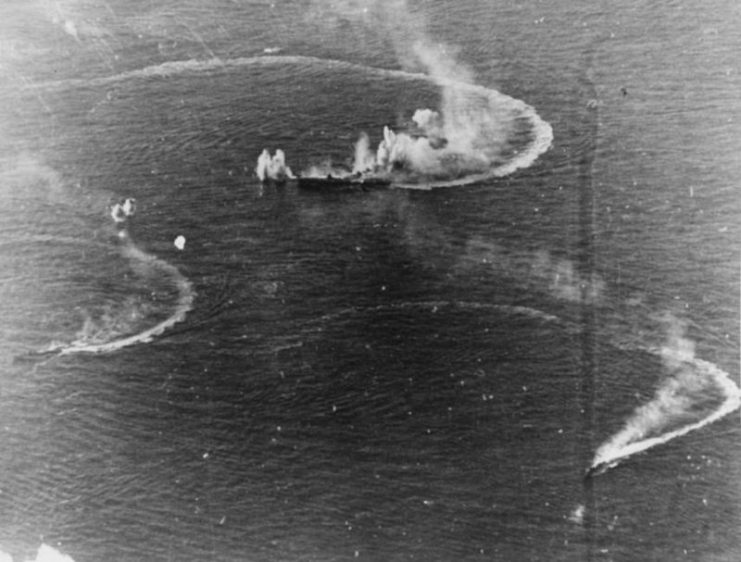
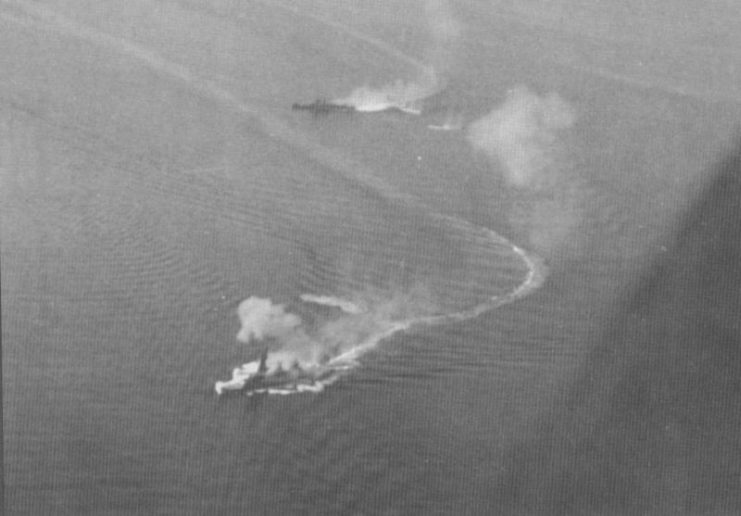
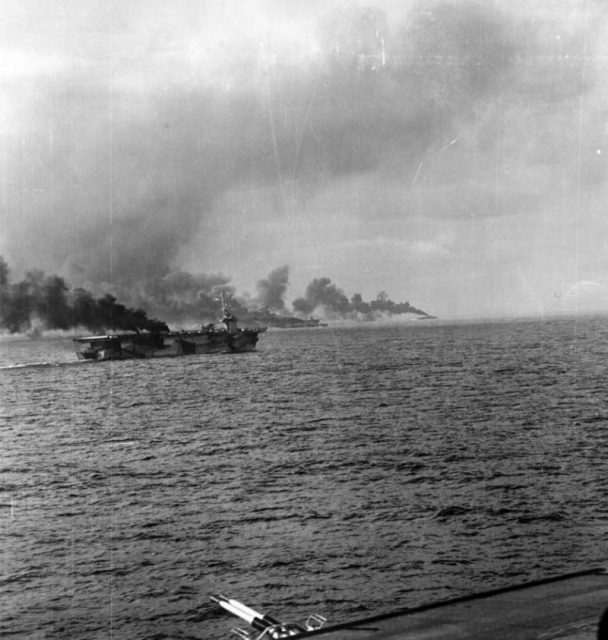
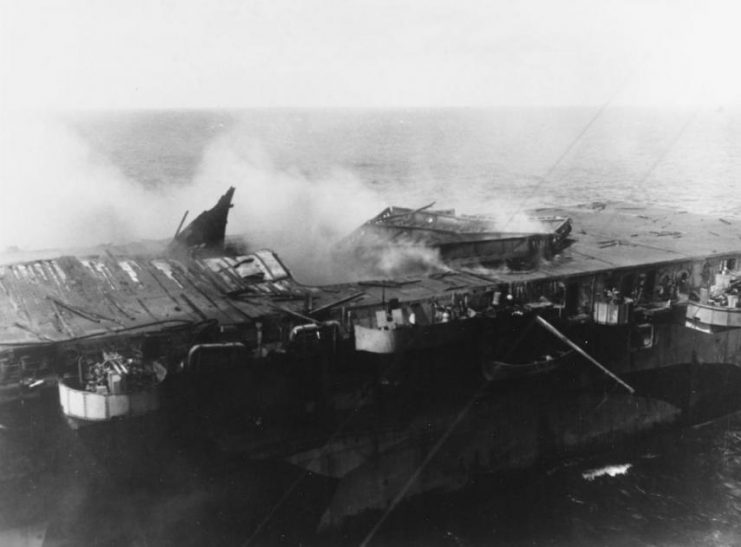
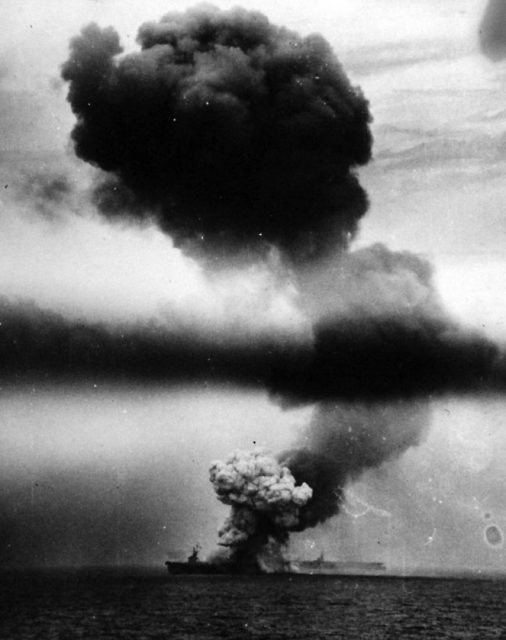
The USS St. Lo (CV 63) burning during the Battle of Samar on Oct. 25, 1944
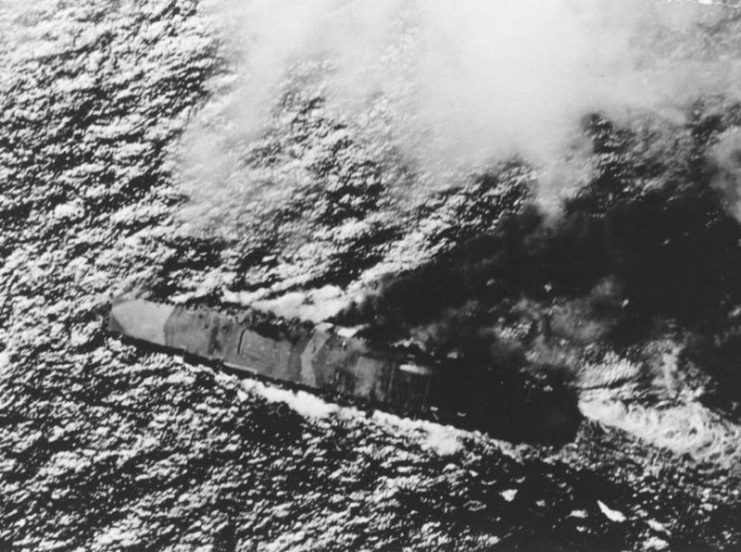
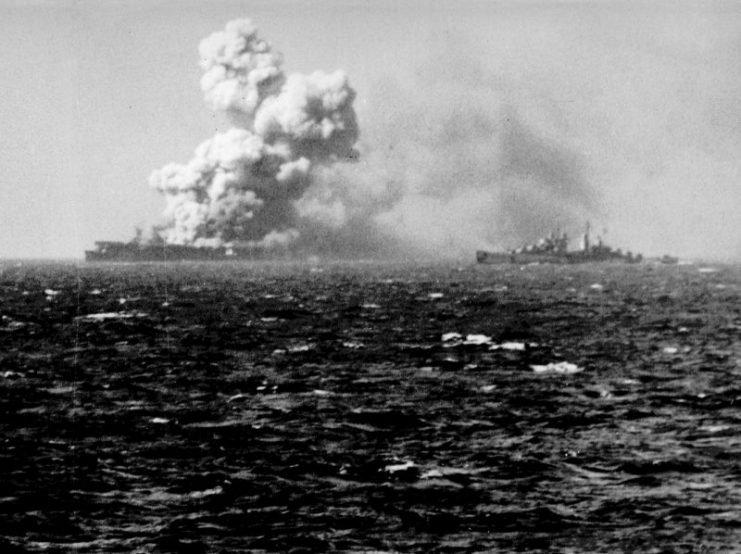
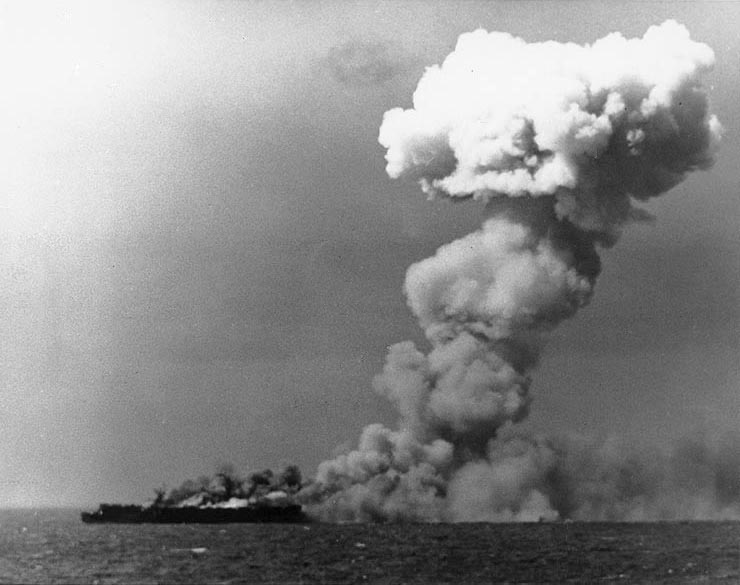
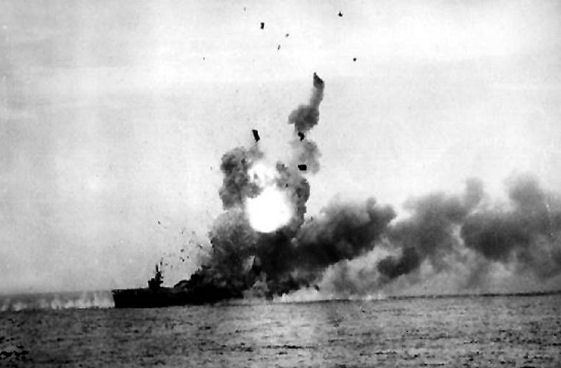
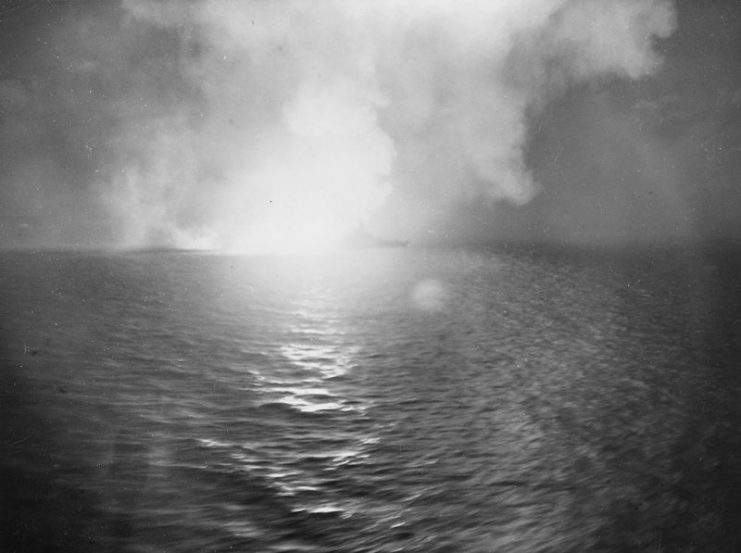
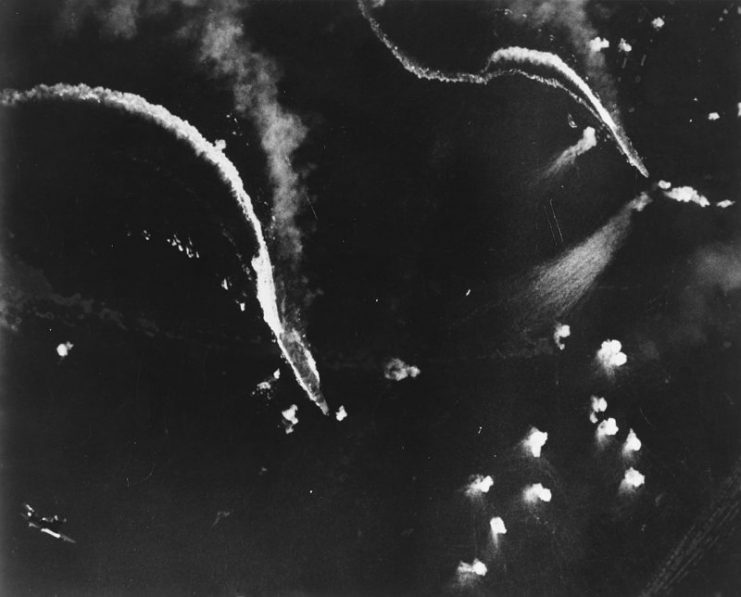
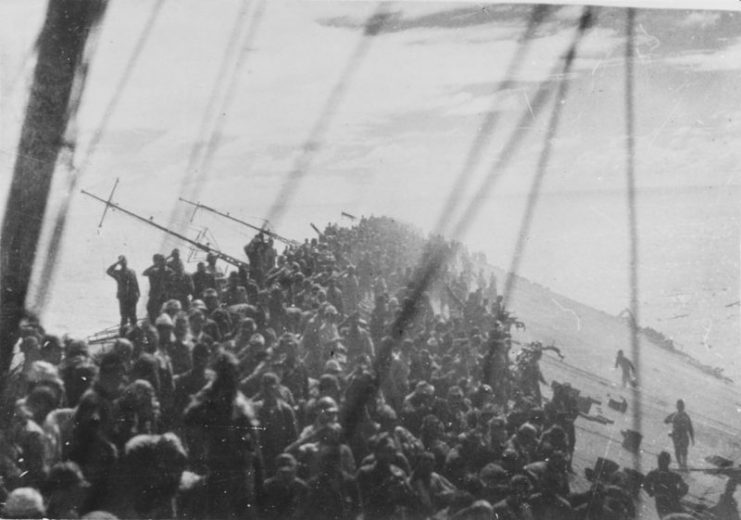
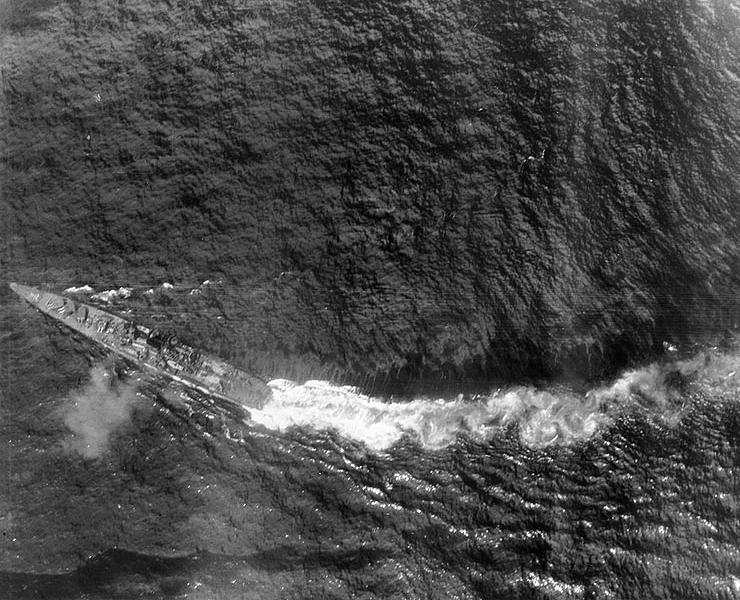
Read another story from us: What Pearl Harbor Taught Asia…And the West
The Japanese launched devastating flank attacks via an amphibious invasion in the 1937 Battle for Shanghai.
As a result, China has maintained a commitment to protecting its “first islands” which are a series of island chains that start with the Kuril Islands near Russia, south through Japan, Taiwan, and the Philippines, then ending in the South China Sea near Indonesia.
From the gigantic battle at Leyte Gulf almost 70 years ago to the maneuvers of China’s newest capital ship, the harbors and straits around the Philippines have been vitally important.
